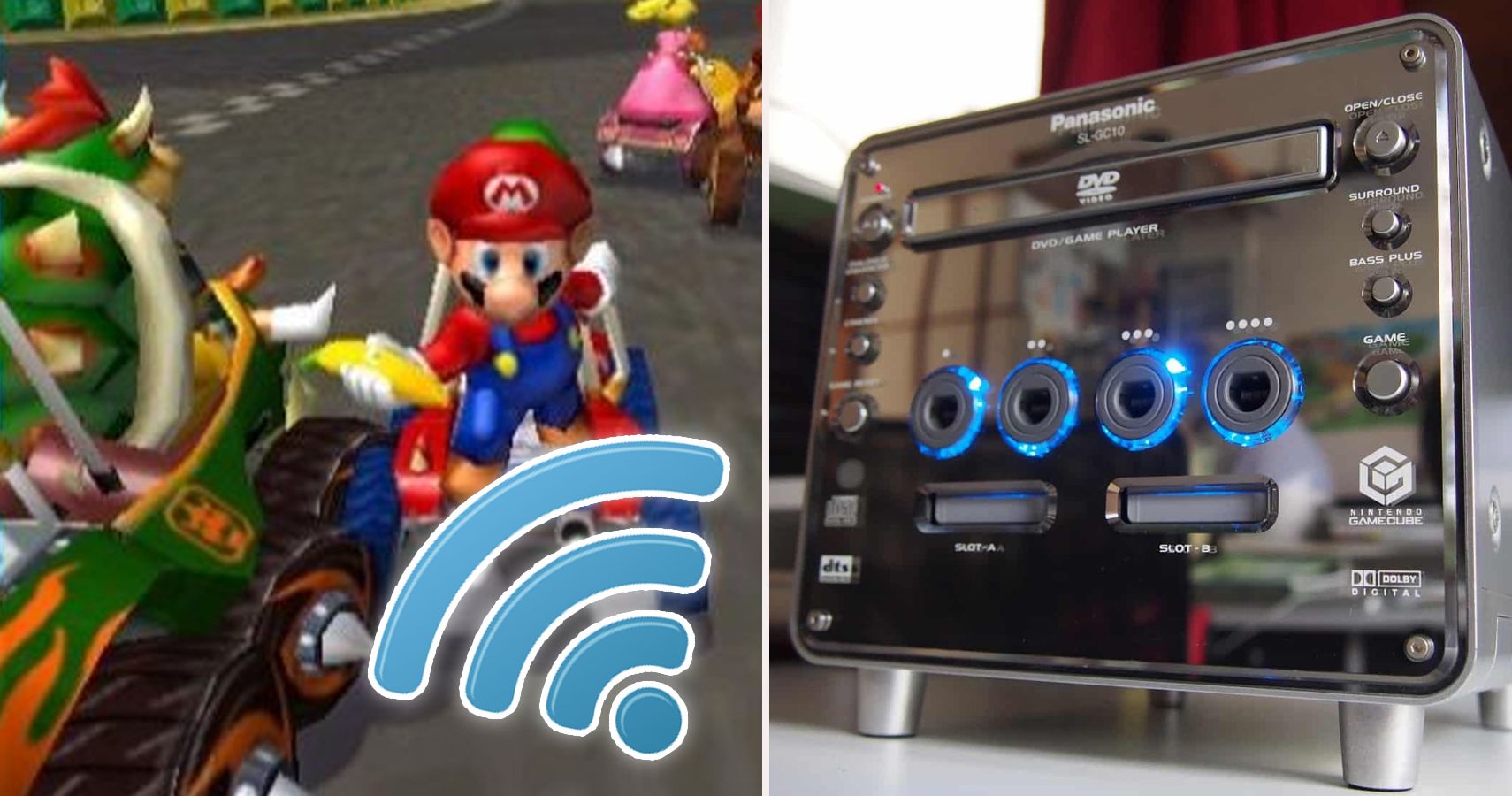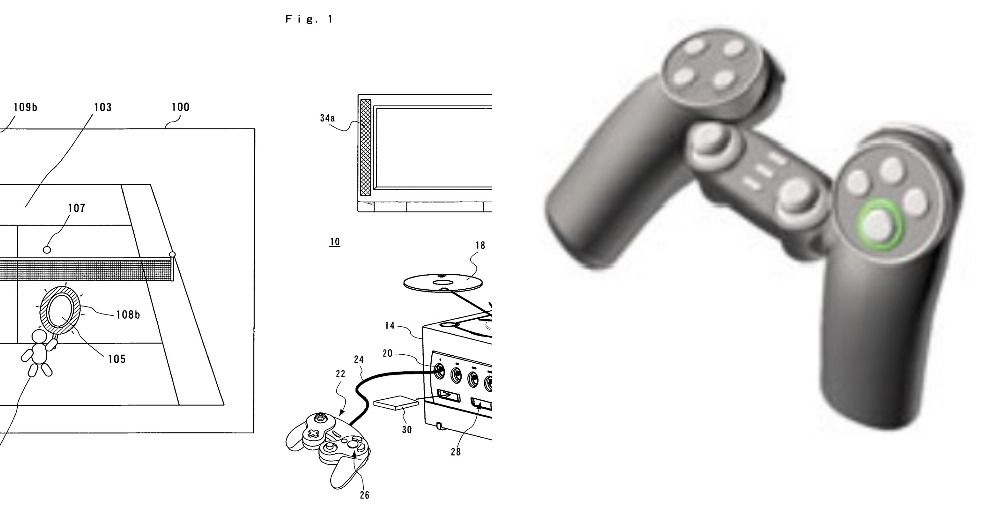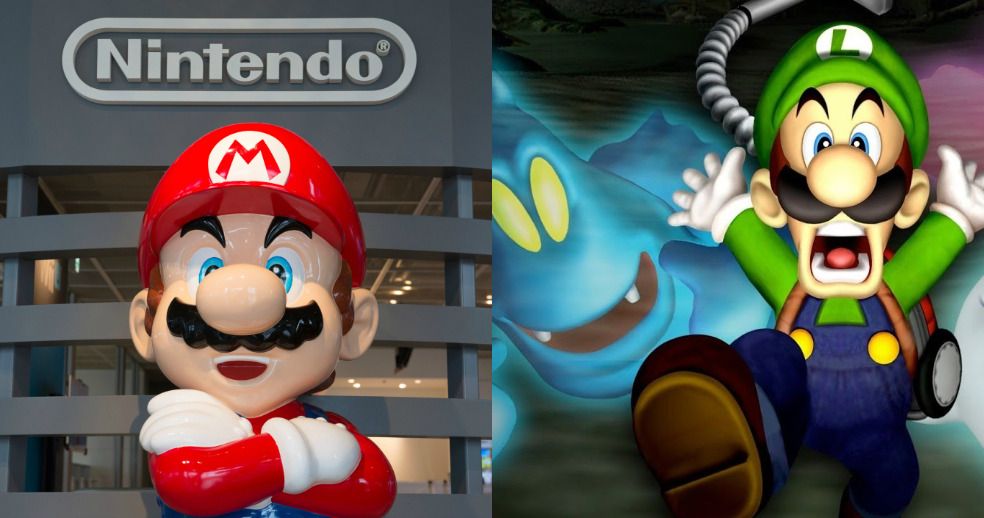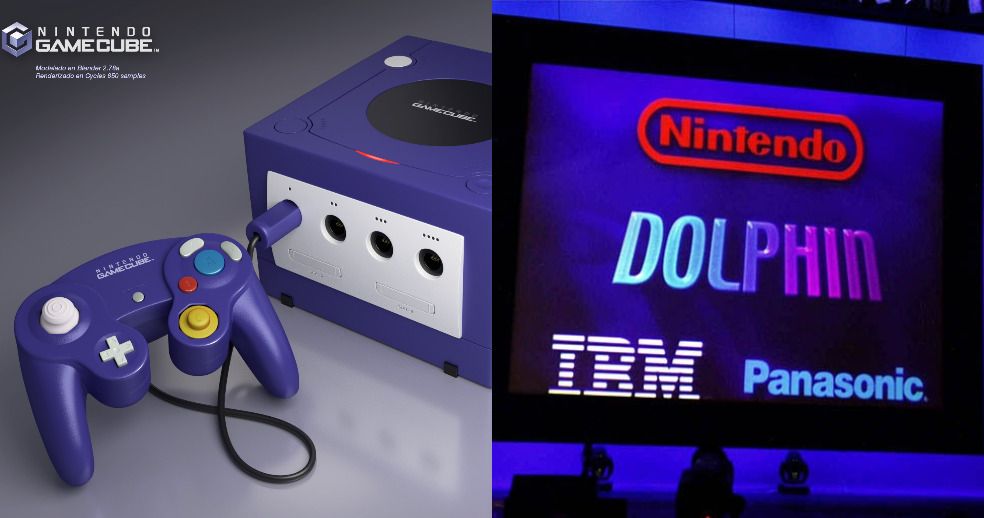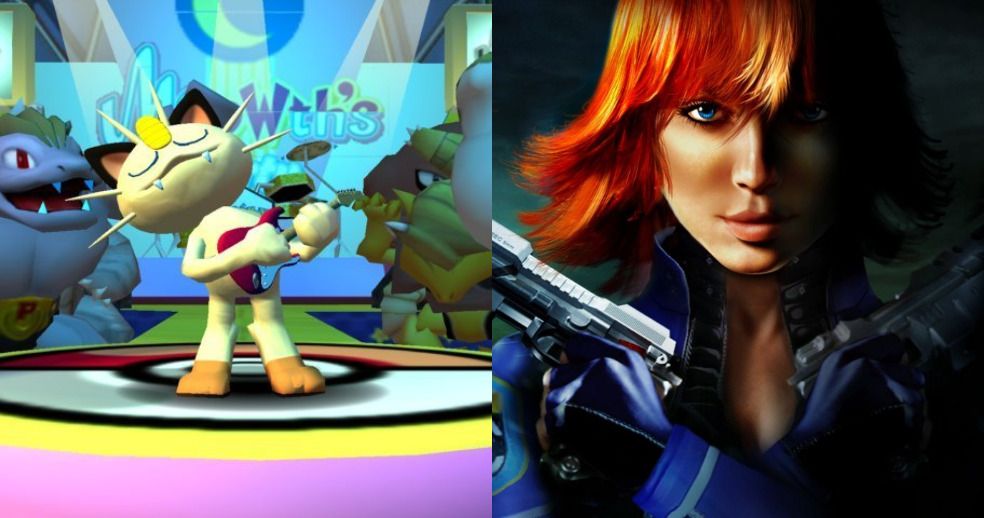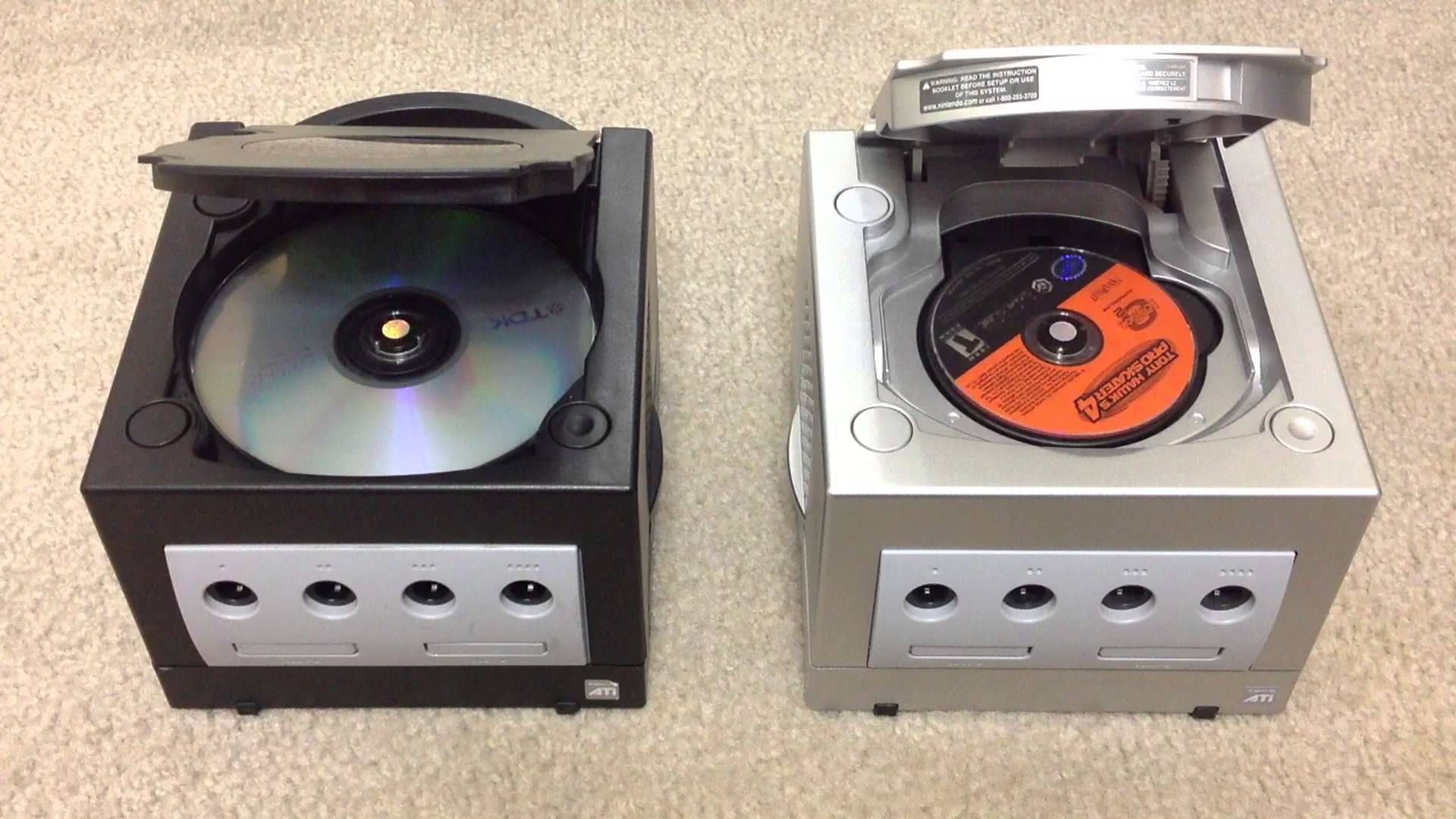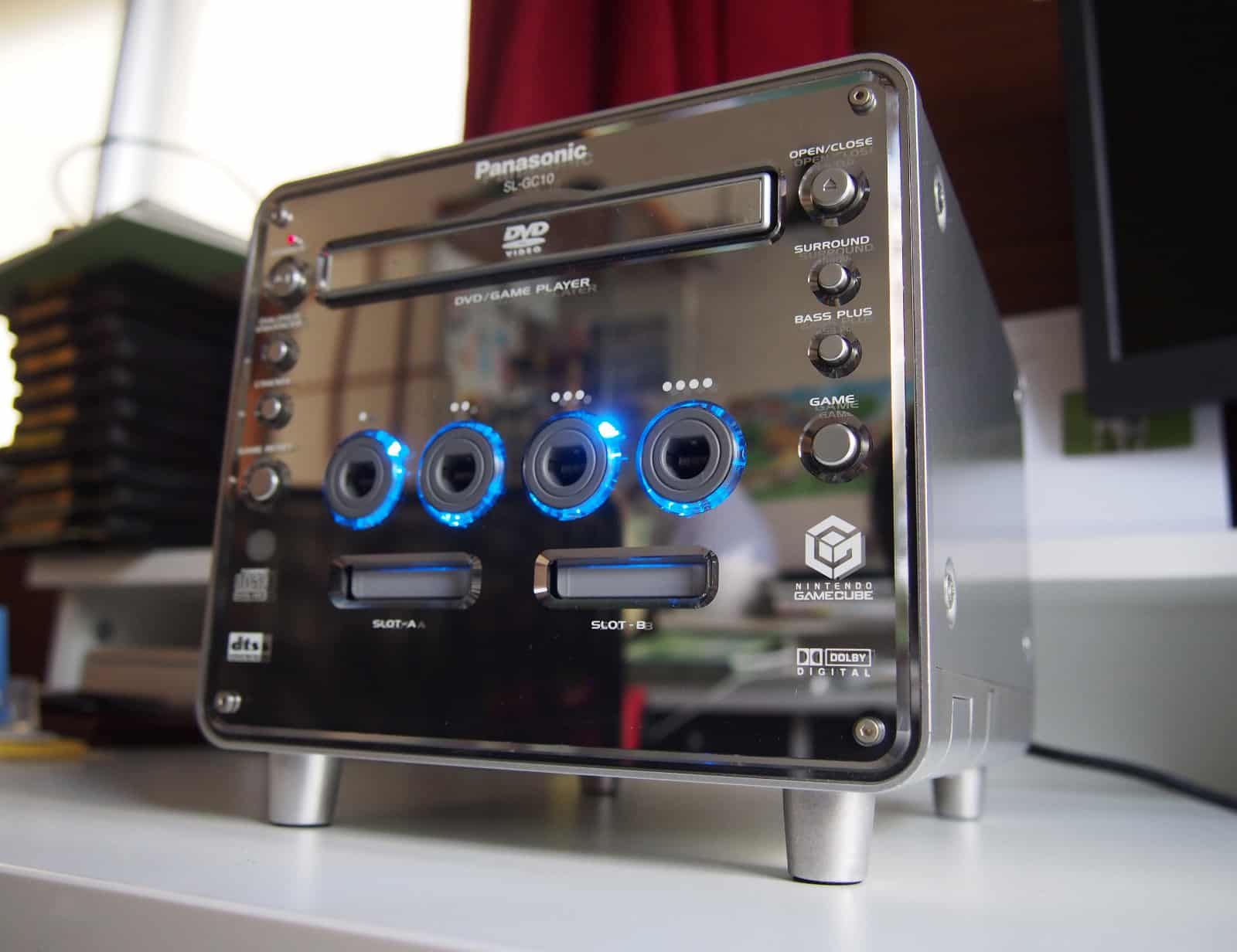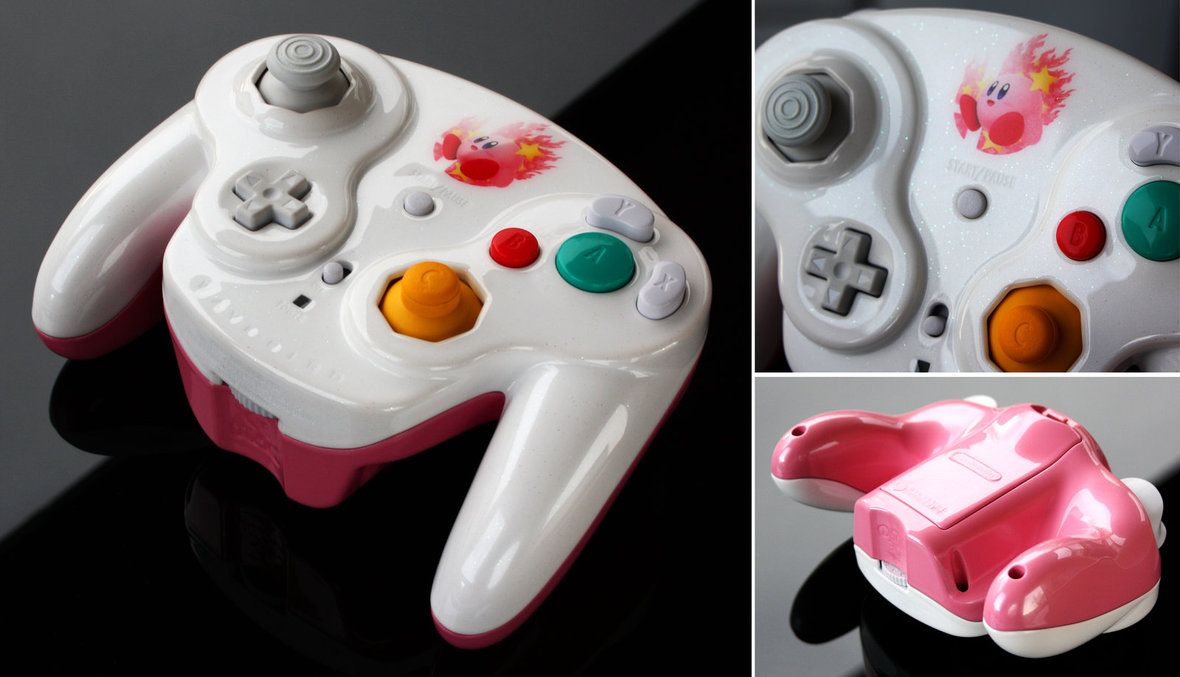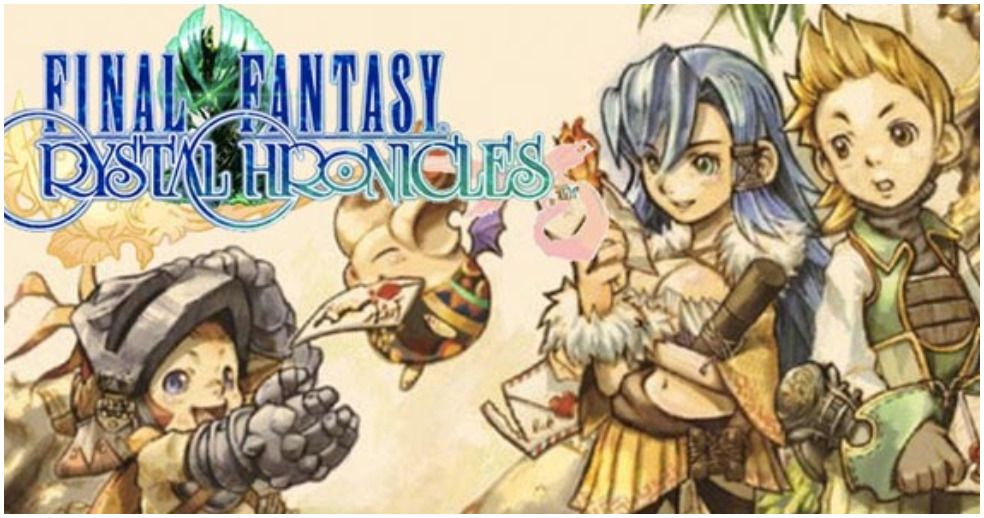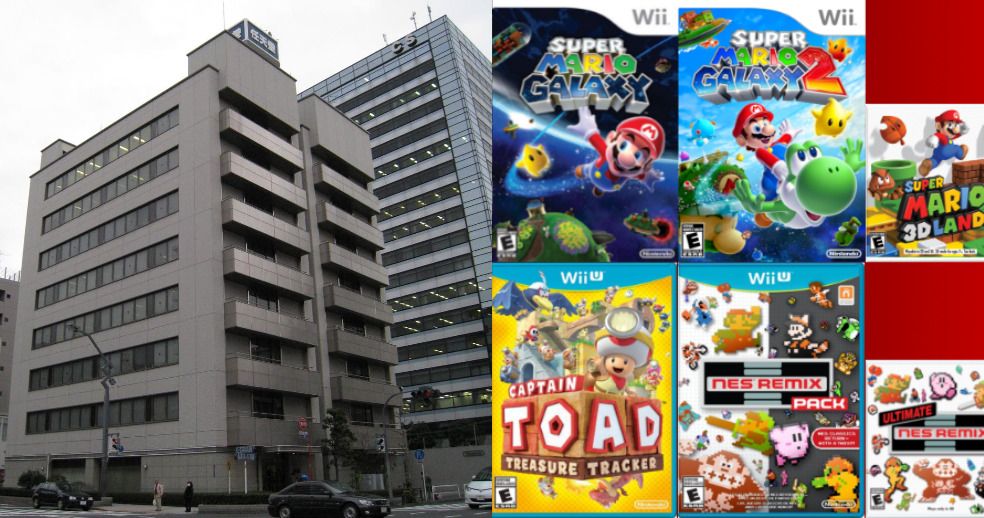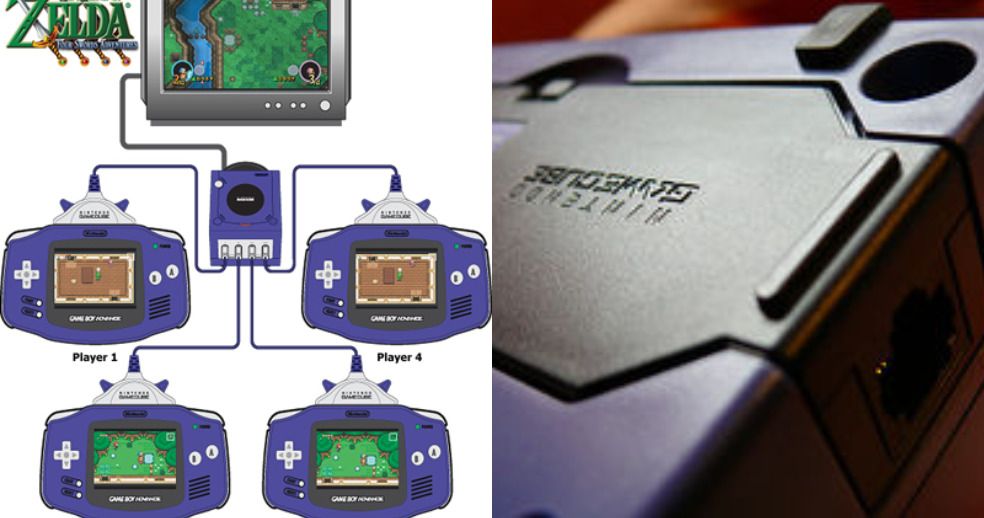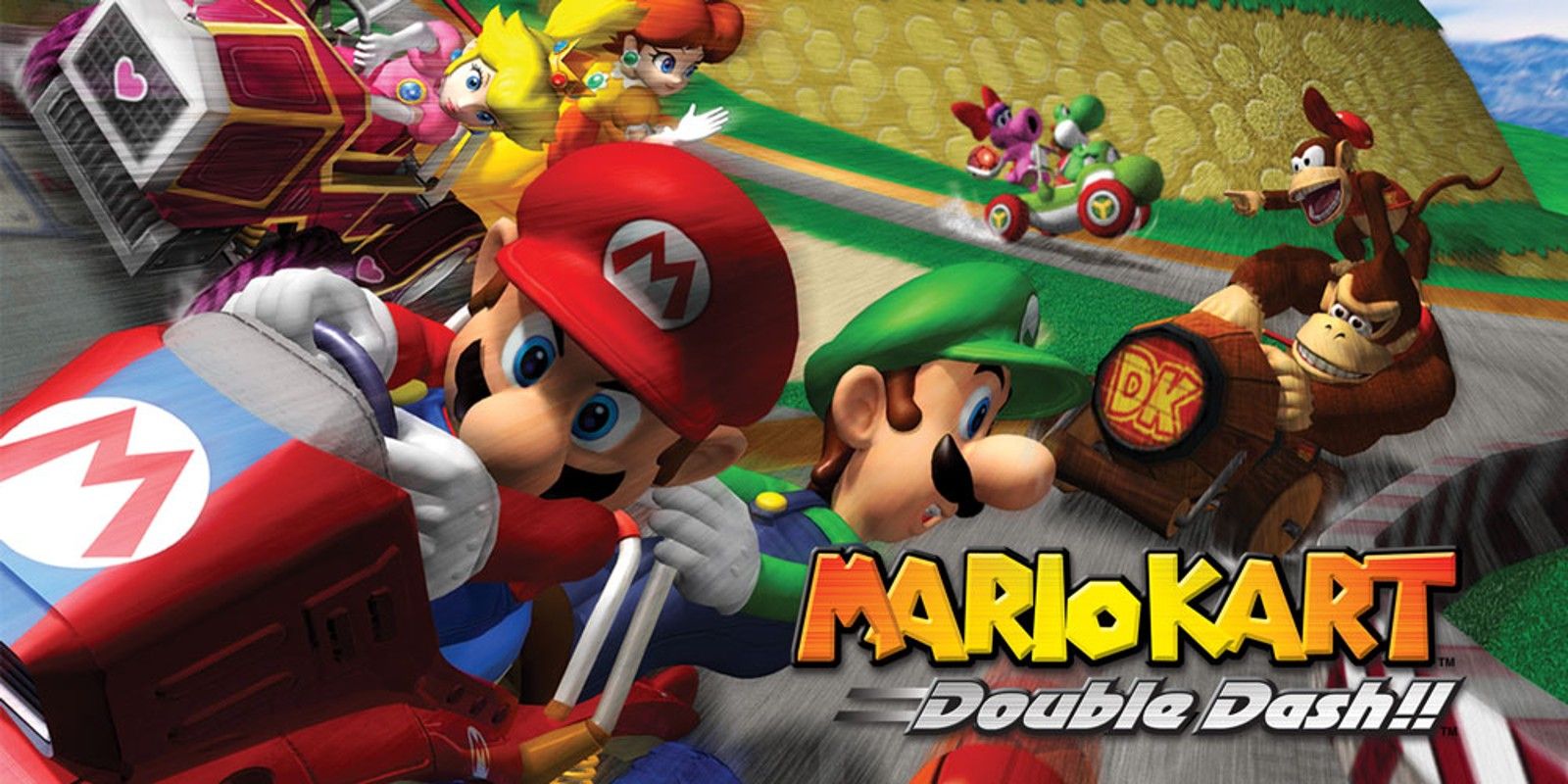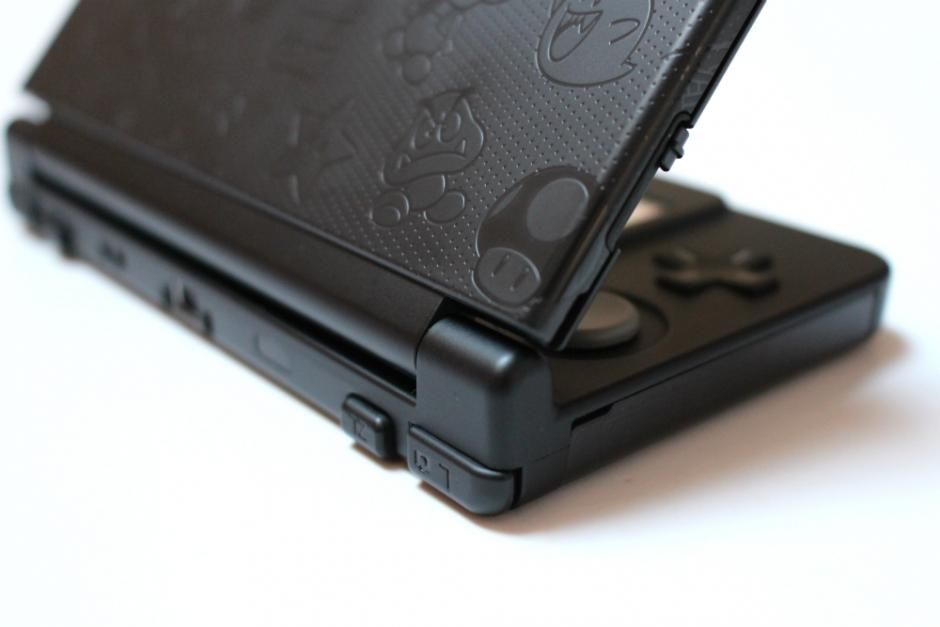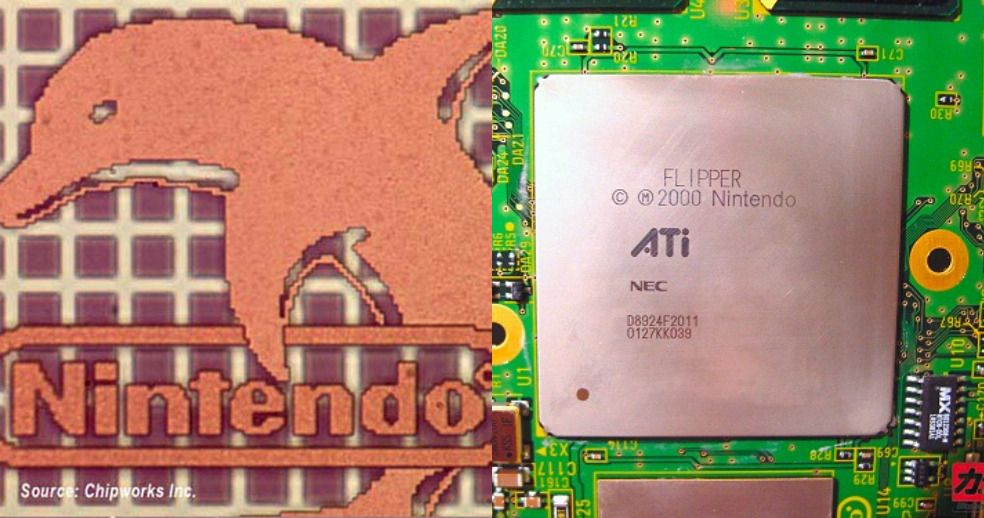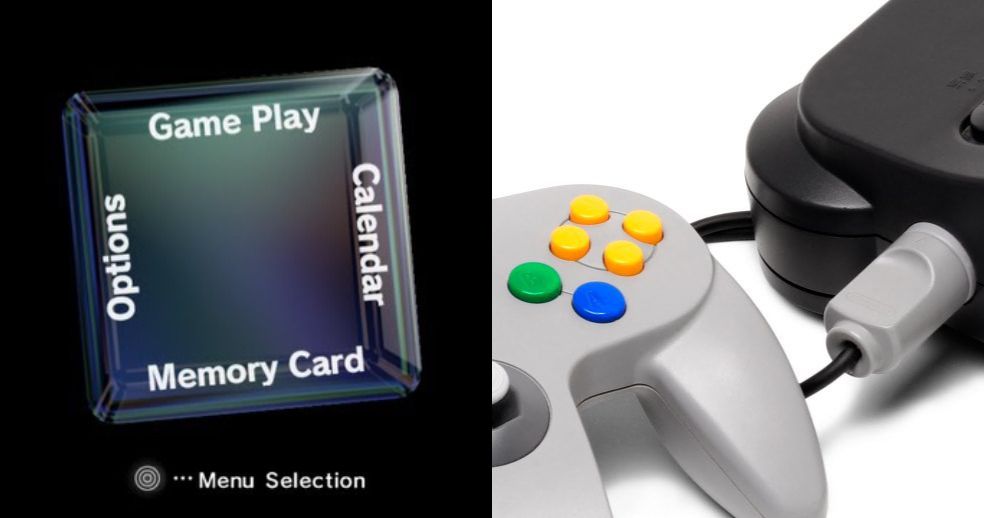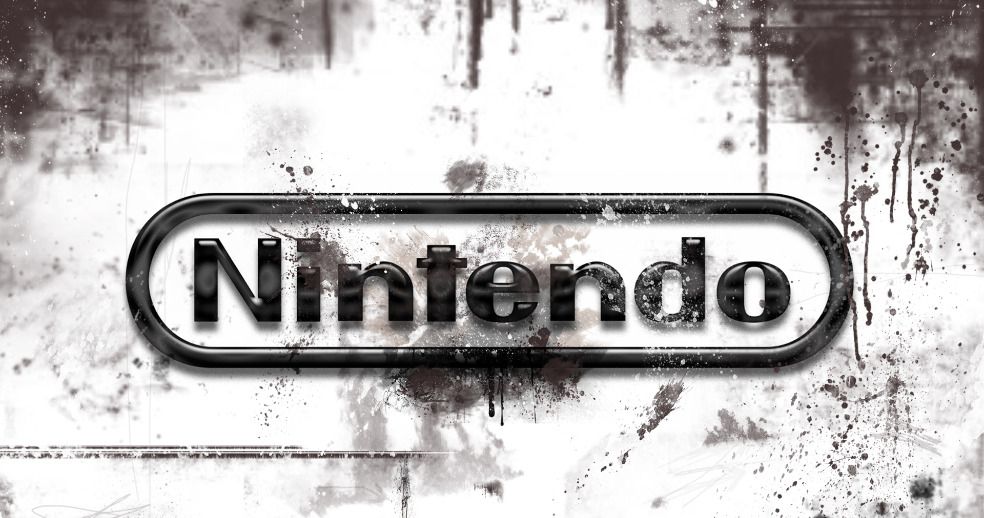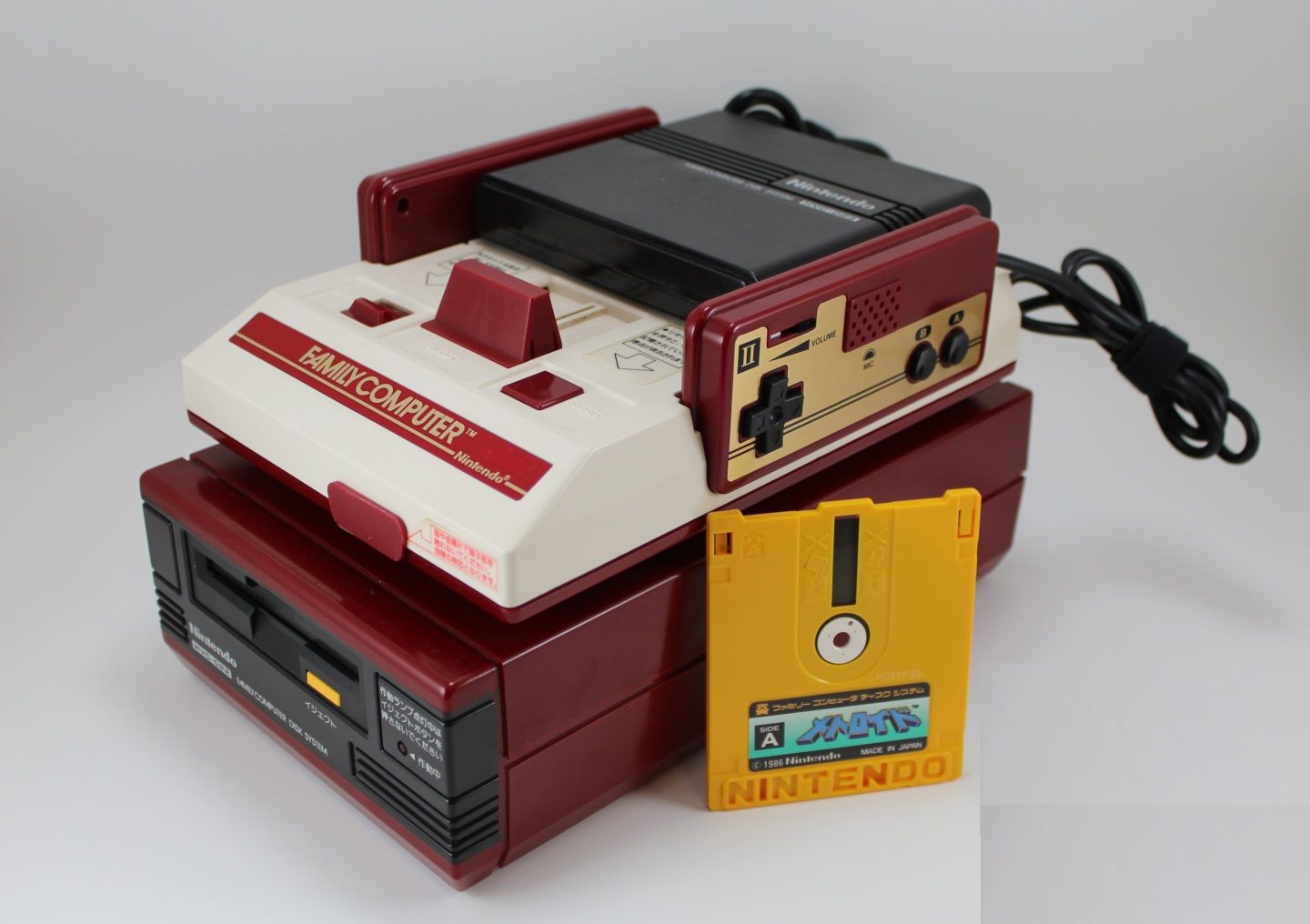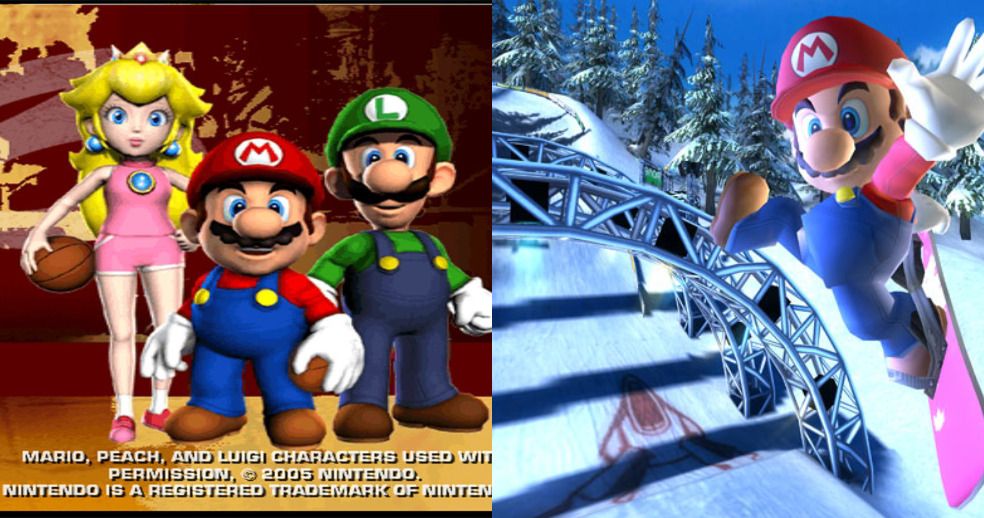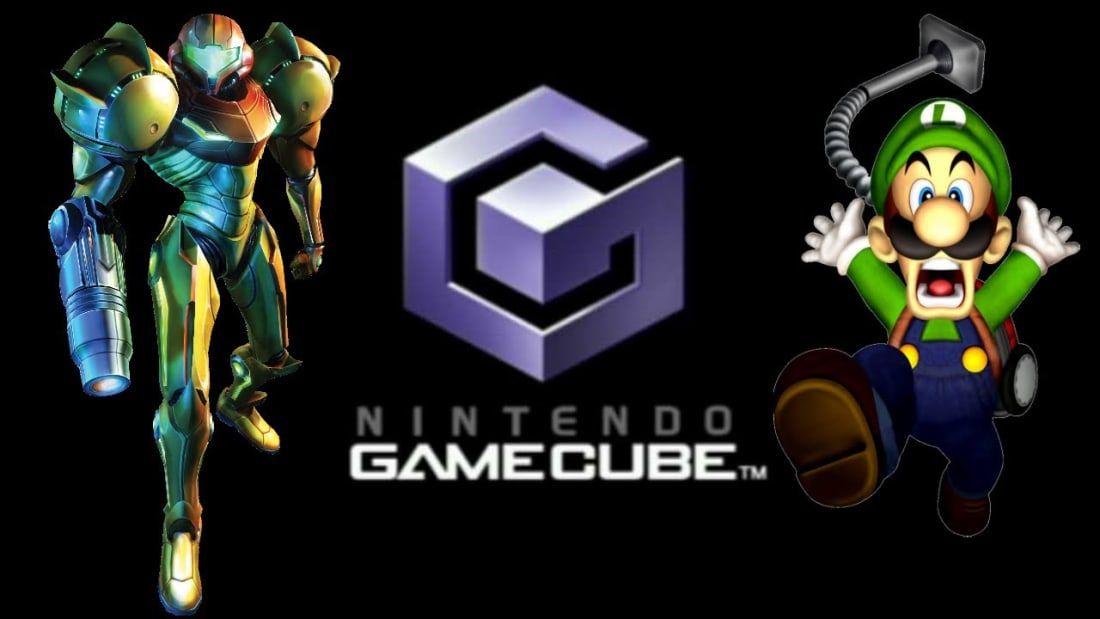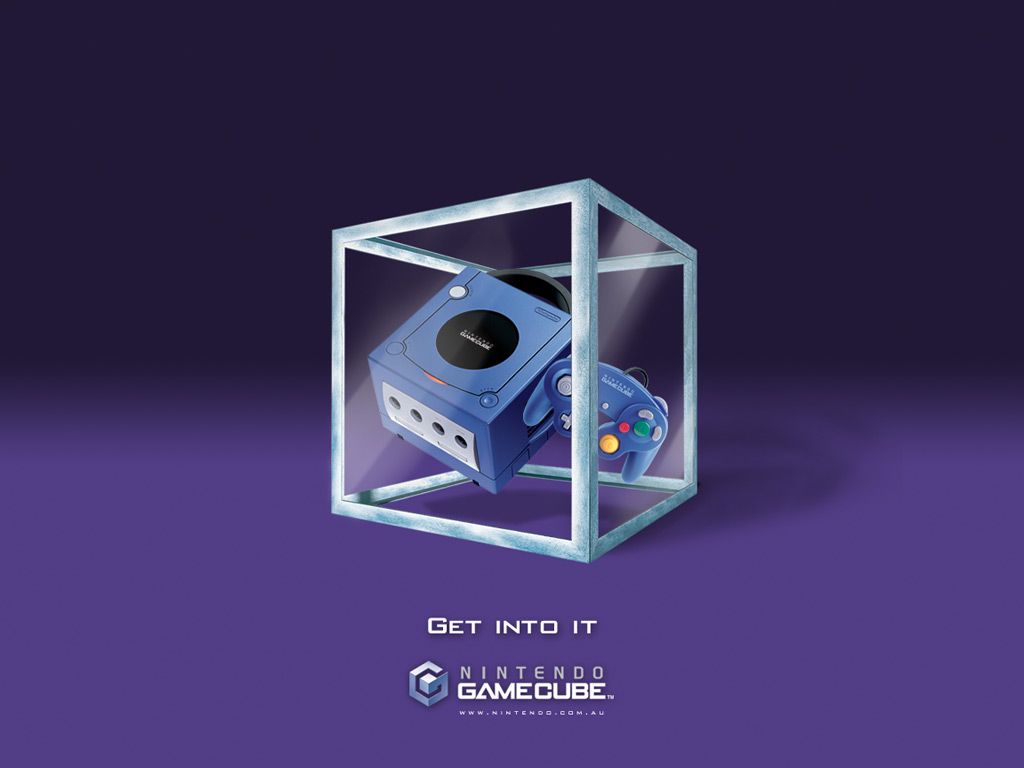Nothing is a done deal within the gaming industry and even when you have the name and the pedigree, sometimes things don’t go your way. For a company like Nintendo, this has happened more then a few times, but luckily for us and the rest of the industry, this hasn’t stopped them from taking chances. They like to do things that haven’t been done before and they aren’t afraid to fail during the process. When it comes to the discussion surrounding the GameCube, many might consider it to be a failure, but if you put sales aside and look at what it accomplished, it was anything but. While it fell well below the companies target of fifty million units sold, it did show the world once again that the company was committed to gamers at its core.
They created a discussion about the importance of software over hardware and while they didn’t focus as much on graphics are its competitors at the time, the GameCube could still hold its own. Many felt that creating a console within such a form factor was next to impossible, but as the company tends to do, they were able to beat the odds and prove that it could be done. Not only were they able to shrink down key components in an efficient way, but they were also able to do so in a way that allowed them to save the consumer a considerable amount of money. It was a durable powerhouse of a console that introduced us to some of the greatest titles of all time.Gam
25 Bringing Things Into Motion
There is a lot of thought that goes into creating a gaming console. Companies have to look at their demographic and they have to make something that truly captivates their audience. For many years, Nintendo has been able to do just that with virtually every console that they have ever created.
The company has set the bar in terms of innovation and helped the industry to grow.
While they might not have had a hit with every system, they did push others to think outside the box. With the GameCube, there was a good chance that we would get our first look at what motion control would be like. The company went so far as to create prototypes and even planned on having voice-integration be a part of the motion controller. Ultimately, the cost of the unit prevented it from being on the system, but it was the precursor for the Wii Remote we know today.
24 Missing A Key Character
If you are a fan of Nintendo, as many of us seem to be, you will undoubtedly know that Mario is perhaps one of the most iconic characters in video game history. One would think that the franchise would have been phased out long ago, but it shows no signs of stopping anytime soon.
While Mario has been the face of every Nintendo console, the GameCube was the first and only Nintendo console to not have one of its launch titles feature everyone’s favorite plumber. The reason, of course, was because they were going to introduce us to Luigi’s Mansion, one of the all-time best games for the system. Sure, it wasn’t the platformer we were used to, but that was what made it something truly special.
23 A Console By Another Name
When it comes to consoles, setting a codename is nothing new. Companies do it to help to generate interest and it helps to drive speculation about what their next system might be like. In the case of the GameCube, things go a bit odd when it was discovered what the codename for the system actually was.
Having a codename like Dolphin had many scratching their heads.
For starters, it didn’t really say a lot about the system itself and many wondered just exactly what it was that the company was planning. Speculation about the codename continued long after the system was released and many wondered if it was the originally intended name given that there are references to it within various games such as Super Mario Sunshine, which takes place of Isle Delfino.
22 The Games That Never Were
While it isn’t so much the case nowadays, back during the GameCube era it was rather commonplace for companies to showcase titles that would never come to be. It was a way of testing the system's hardware and software and showcasing it to game developers and fans alike. As for the GameCube itself, there were many titles that were shown that never made their way onto the system.
During the first showcase for the console, Nintendo demoed a game starring Meowth dancing around with other Pokémon while playing a guitar. Later on, they revealed a realistic Zelda game that pushed the limits of the GameCube interface. At that same conference, they showed off concepts for a Perfect Dark reboot. As it turns out, these were all intended titles for the GameCube, but only the realistic Zelda game ever made it onto the system. It became later known as The Legend of Zelda: The Wind Waker and it looked nothing like the demo.
21 Some Severe Limitations
Piracy has always been a problem in the gaming industry. Nintendo, like Sega, has done all it can to find a cure-all that would end the presence of such activity once and for all. Having seen what Sega did with the Dreamcast. the company decided to go the same route and create their own proprietary disc.
At a little over 1.6 Gigs, the disc presented some serious issues for game developers.
While the disc did help curve piracy, it presented a myriad of problems for game developers. For starters, its small size meant that games like Resident Evil and Metal Gear Solid had to be placed on multiple discs. Not only that, but the cut-scenes and videos had to be super compressed in poor quality in order to fit onto the disc.
20 A New Variation
There was a serious problem that Nintendo had to contend with when making the system and that was the lack of ability to play DVDs. As silly as it sounds, many point to this being the deciding factor in the console war and why the system didn’t sell quite as many units as its competitors.
While the company could easily place a DVD drive into the system, they were worried about the cost to the consumer. They wanted to have a gaming system that was both fun and affordable for every gamer and they feared that they couldn’t do that if the drive was implemented. While it was never included as an option outside of Japan, there was a modified system created called the Panasonic Q, which did allow you to play your favorite movies.
19 The First Of Its Kind
We take a lot of things for granted today, but of course, someone had to come up with it first before we could enjoy it. When it comes to being the first, Nintendo has had the honor more often than not and this was again the case when it came to wireless controllers.
Today wireless controllers have become the default option for gaming consoles.
Given that the company had been experimenting with wireless technology for some time it hardly comes as a surprise that they became the first to introduce a wireless controller to the market. With the inclusion of the Wavebird, a new era in gaming was born and from that point on third-party developers continued to make improvements that helped companies create the controllers we know today.
18 How Things Came To Be
There are a lot of things that go into console sales. It isn’t enough to create a great gaming system, you have to have titles that everyone knows and loves if you are going to make your mark. While the company for sure had no shortage of those to speak of, Final Fantasy was one that it had missed sorely.
While Square did patch things up and we got Final Fantasy Crystal Chronicles, the reason for its inclusion may surprise you. As is often the case, Nintendo had something that Square desperately wanted and that was to be included on the groundbreaking Game Boy Advanced system. The company decided that the only way that it would allow Square to be a part of the handheld was if they agreed to create a title for the GameCube.
17 The Brain Trust
You don’t get to be a juggernaut like Nintendo without putting in a lot of investment and effort into everything that you do. They didn’t get to where they are today by accident and it took a lot of trial and error to produce the great systems that we know of today. With the GameCube, it was more of the same and though the company felt that they had a winner they were very concerned about the titles that came along with it.
EAD Tokyo has been behind many great titles.
Company president Tatsumi Kimishima believed that gamers bought gaming systems for the games and he formed an elite team of programmers to make that happen. They would become known as EAD Tokyo and they went on to create the much underrated Donkey Kong Jungle Beat for the system. They would go on from there to create groundbreaking titles such as Super Mario Galaxy and Super Mario 3D Land.
16 Some Rather Interesting Add-ons
There are a few consoles throughout history that have had some pretty incredible add-ons released for them. The Dreamcast immediately comes to my mind in large part because it implemented a lot of things within the system that had never been done before. While Sega cornered the market on many things, Nintendo was no slouch when it came to add-ons either.
Very few games at the time used online access.
Despite the relatively small amount of games that used online access, Nintendo went ahead and included a broadband adapter for the system. In America, the only game to implement this adapter was Phantasy Star Online. Additionally, they introduced a stand-alone screen, a Game Boy player, and GBA connectors, which allowed for multiplayer gameplay with games such as The Legend of Zelda: Four Swords.
15 Expanding On A Classic
When it comes to racing games, I do have a few favorites that I could pick up and play today and still enjoy them as much as the first time I ever played them. While Mario Kart for the SNES has a special place in my heart, it is the GameCube version that I find to be the best of the series.
It incorporated LAN play through the physical linking of Gamecubes.
While you might know about the XLink, you might not know that the game can actually be played online as well. This wasn’t a feature that was released with the game itself, but rather an exploit that coders found within the systems broadband adapter that allowed them to create their own servers. It was through this process that gamers could play one another without the need for the extra XLink adaprter add-on.
14 Hidden Logo
We’ve all undoubtedly heard about Easter eggs before. They are placed into games for various reasons that range from a simple joke to paying homage to a past title or game designer. After all, game developers put a lot of effort into creating the games we know and love and just like us they enjoy having a little fun.
The GameCube was everything that the company wanted in a console.
While we tend to find Easter eggs within games, sometimes we find them within the console software itself. Wanting to learn more about the inner workings of the system some individuals stumbled upon a rather unique logo sound that is quite different from the one we know of. As it turns out, if you hold down the z button on the controller as the system is loading you will be treated to a baby laughing. If you do the same with four controllers you will be treated to a traditional Japanese theme.
13 The Precursor To An Amazing Handheld
In the gaming industry, 3D has always been something that companies have wanted to implement. While Nintendo wasn’t the first to experiment with the technology, they did take it a step farther than most when they created the Virtual Boy console. While the popularity for the system wasn’t there, the company never gave up trying.
During the development for the GameCube, there was a serious discussion about the inclusion of the technology into the platform. If there is any doubt about how close they were to adding it to the platform, you don’t have to look any further then the source code. While the company was far along in the process, they decided to cancel it due to the cost associated with the add-on. Though it was never implemented, the technology that was created would later be used to create the 3DS.
12 Homage To Its Origin
I’m not sure what it is about Nintendo hardware, but I can’t help but marvel at how durable it is. Pretty much every system by the company that I have ever owned continues to work to this day. I can’t tell you how many times I have dropped my Game Boy SP by accident only to find that it is completely fine.
The GameCube wasn’t any different and if it were airtight, it could even float in water. That would be fitting after all, given that the system's codename is referenced with the image of a Dolphin on the main processing chip of the unit. As strange as that sounds, it gets even weirder when you considered that ATI’s name for the CPU was “Flipper”.
11 A Meshing Of Two Systems
I think that it’s fair to say that the Nintendo 64 exceeded expectations when it was released. It not only showed what the company could do with less, but it also showed that graphics wasn’t the end all be all in terms of the console war. It allowed the company to trust their instincts and produce the GameCube despite its limitations compared to the competition.
For a long time, I felt that the system had the look and feel of the 64 and it turns out that this feeling was well founded. Not only was the controller fashioned after the one from the 64, but there was also source code that referenced things like the rumble pack. Additionally, the system had the ability to detect Nintendo 64 controllers.
10 Mapping Things Out
When it comes to game design there are a lot of things that come into play. Game developers have to determine the limitations of the system they are working with and they have to figure out ways to make their game look as crisp and as beautiful as they can despite these limitations.
While there are some games on the system that leave a lot to be desired in terms of graphics, Resident Evil Zero is certainly not among them. To this day, I am still in amazement how they could create such a good looking game within the form factor they were working with. Interestingly enough, each game that was ever developed for the system had to use the same texture when creating shiny or reflective objects. This same texture can be found within the startup logo for the GameCube.
9 A Familiar Tune
I’ve often wondered why it was that Nintendo never released the Super Famicom in the United States. While there is certainly nothing wrong with the Super NES that we have today, I feel that the Famicom would have done even better if it was released to the American public.
The Super NES became the largest selling console of its era.
There was a lot of ground broken by the introduction of the system and it was no doubt on the minds of console developers when they set out to make the GameCube. They needed to once again create a powerful machine within a compact structure. If there was any doubt about the inspiration behind the system, you don’t have to look any further then the bios music in the GameCube menu. If you slow down the music you will come to find that it matches the tune that is played within the Famicom disc system.
8 On Hard Times
Sometimes you can create a great system at the wrong time and I think that’s exactly what happened with the GameCube. It was a fantastic system that took a large hit simply because it couldn’t be an all-around entertainment system like the others on the market at the time.
Not having an ability to play DVDs really hurt console sales.
Today we would see this as a bit ridiculous, but at that time, gamers were really looking for an all-in-one console. This caused the system to have poor sales and forced Nintendo to right the ship by licensing Mario and other famous characters for the first time ever. This resulted in a partnership with EA which produced SSX and NBA Street V3. These titles, among others, were not very successful, however.
7 Eye On The Prize
There are many different ways that a company can go about promoting a product. While each method has its advantages and disadvantages, most companies tend to gravitate toward creating interesting commercials for their products. There was more of the same with the GameCube and while they were successful to some extent, Nintendo knew they had to generate interest.
In an effort to do just that, they decided to hold a contest called “What would you do for a GameCube?” It invited fans to do all sorts of acts to prove that they were worthy of gaining a free GameCube along with a variation of cash prizes. One of these acts included eating a replica GameCube made of uncooked spam, chocolate syrup, and cat food. As odd as this one is though, it took a person shaving their head, covering themselves with purple paint, and eating various insects to win the grand prize.
6 Different Than Its Namesake
Something that has always boggled my mind when it comes to gaming consoles is the fact that people care so much what they look like. I mean, after all, most of us would simply place them on an entertainment stand and enjoy the games without giving the look of the system itself a second thought.
It’s about the systems ability to play games and its innovation, not what it looks like. Sure, you don’t want something that looks out of this world, but I think the discussion between the Xbox One and The PS4 shows how ridiculous it has gotten. When it comes to the GameCube, you may think as I did that it was indeed a cube. While it may have that appearance at first glance, if you were to measure it, you would find that it is indeed not a cube at all.

